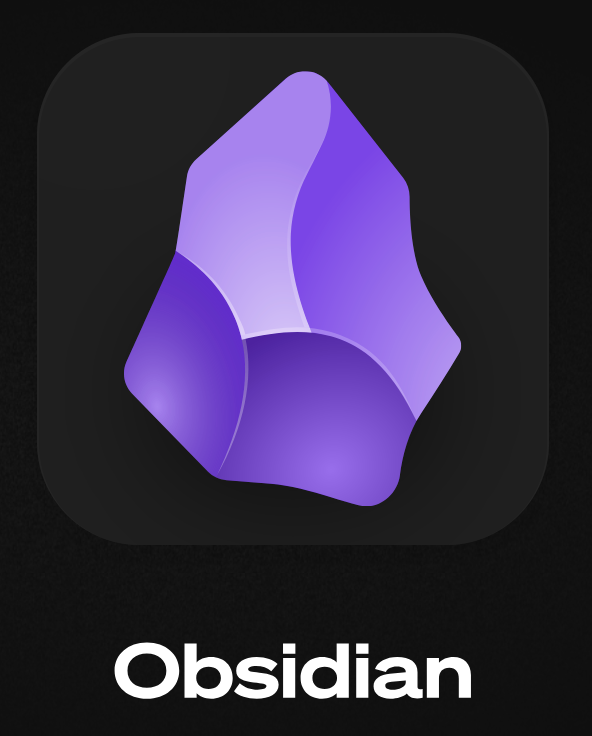
I’m not sure how many of you readers out there have been following this blog since its inception in 2002, but it has gone through many changes over the years. In the beginning, it was a simple HTML and PHP site that I maintained by hand. I eventually learned more about databases, hosting, and various blogging platforms.
Somewhere around 2003 this blog became powered by B2/Cafelog, from which WordPress was eventually forked by Matt Mullenweg. WordPress quickly became awesome, and that is what powered this blog for decades.
About a year ago, I grew really frustrated with the WordPress ecosystem because every time I’d log into the dashboard, it was slower. I was getting spammed by plugins trying to get me to upgrade or buy related plugins. I realized that sometimes I would install a plugin and it would install other plugins without my permission.
This annoying tactic became totally unacceptable to me. So I looked for a way out and I found Ghost CMS. I set myself up over there on that platform for about four or five months, but I realized customizing it was really difficult. And it was expensive.
Spending $25+ a month for a hobby blog just didn’t feel like it was worth it to me. I do maintain the strong opinion that Ghost is an excellent alternative to Substack, which I refuse to link to, but that is a story for another day.
So I migrated away from Ghost and I found Chyrp Lite, which ran this site for about eight more months, right up until a few weeks ago. Chyrp Lite was really cool. It was a basic PHP-based, MySQL database-driven blog platform that did what it needed to simply and quickly.
It was reminiscent of something you would find around the year 2008. I thought it was pretty cool, but once again, it felt rather limited and difficult to customize. It also didn’t feel like there was a lot of ongoing development to support it.
So I had a stroke of imagination one night and started wondering about forks of WordPress to see if anyone had taken the code base, which is open source, and forked it into something less cluttered and less heavy.
Sure enough, Classic Press existed. It gets rid of the Gutenberg editor in WordPress, which was controversial when it came out in the first place and I never really cared for. Classic Press is like a modern version of WordPress from 10 years ago, but it receives updates and is secure, and it is compatible with a lot of current plugins and themes out there.
That said, I’m trying to keep it simple here and I’ve been using one of the default WordPress themes, Twenty Seventeen, and am customizing that to my liking.
So far, it’s smooth, it’s fast, it’s lean, it’s clean, and I’m not getting spammed on the admin panels. You should check it out if you’re a blogger and you’re tired of how bogged down WordPress has become with all kinds of freemium plugin spam.








